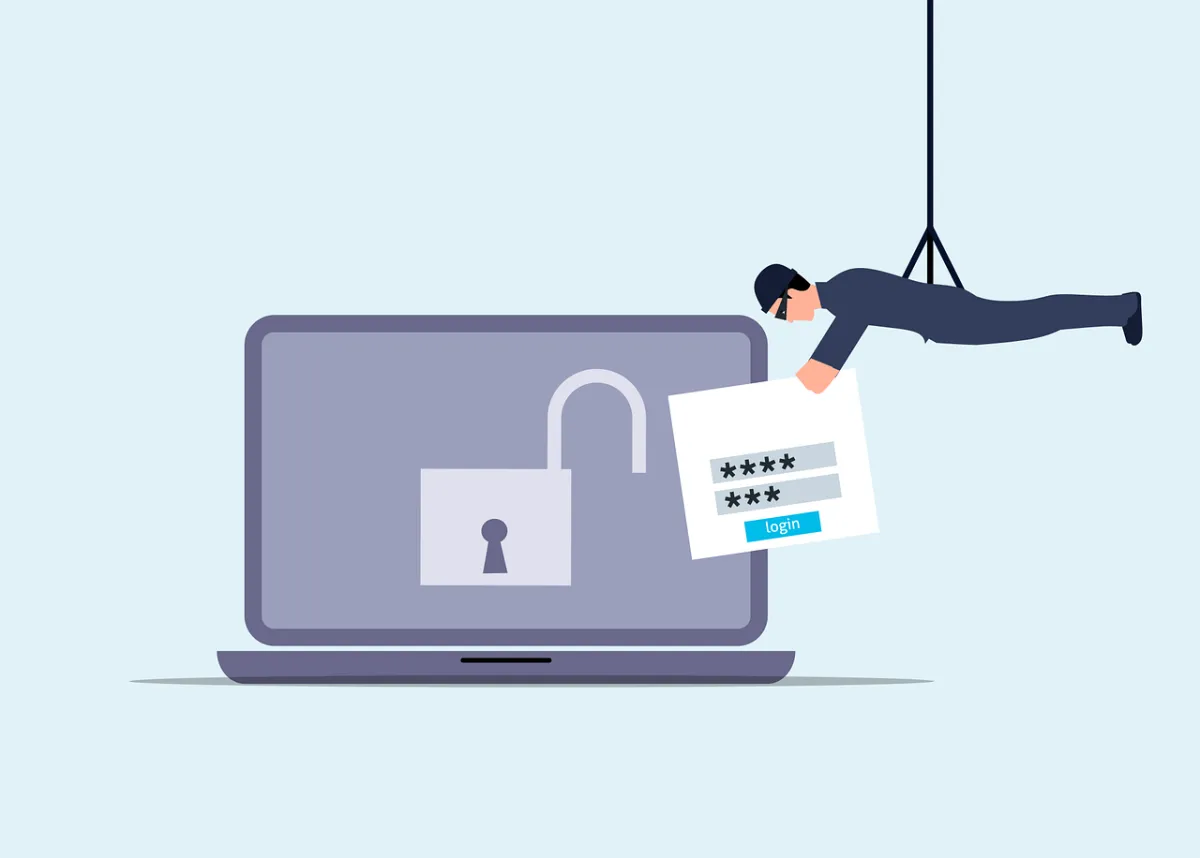
Secure Your Business from Data Breaches with Microsoft Security Solutions
Data breaches can significantly harm your business, costing you money, eroding customer trust, and leading to regulatory fines. In this post, we explain what a data breach is, why it matters, and how to prevent one using proven best practices and Microsoft’s robust security solutions.
What Is a Data Breach?
A data breach occurs when unauthorized individuals gain access to sensitive information such as names, email addresses, or credit card numbers. This breach of trust can result in severe financial losses and reputational damage.
Why Should You Care About Data Breaches?
Data breaches are not just an IT issue—they impact every part of your business. They can:
• Cost You Money: Recovery expenses, legal fees, and potential fines can add up quickly.
• Damage Customer Trust: Losing customer data may lead to lost business and a tarnished brand reputation.
• Result in Regulatory Fines: Non-compliance with data protection regulations can lead to hefty penalties.
How Do You Prevent Data Breaches?
Preventing a data breach requires a multi-layered approach that combines sound security practices with advanced technology. Here are 10 key steps:
1. Use Strong Passwords
Create long, complex passwords with a mix of letters, numbers, and symbols. Avoid reusing the same password across multiple accounts. Consider using a password manager for enhanced security.
2. Keep Your Software Updated
Regularly update your operating system and applications. Microsoft’s Windows Update and enterprise solutions like Microsoft Endpoint Manager help ensure you receive the latest security patches that close vulnerabilities.
3. Train Your Employees
Educate your staff on cybersecurity best practices. Regular training can help them recognize phishing attempts and suspicious emails. Microsoft’s Secure Score tools and training modules are excellent resources for fostering a security-aware culture.
4. Use Encryption
Encrypt your sensitive data to ensure it remains unreadable without the proper decryption key. Tools like BitLocker on Windows offer robust encryption for your stored data, safeguarding it even if unauthorized access occurs.
5. Limit Data Access
Adopt the principle of least privilege. Restrict access to sensitive information only to employees who require it for their roles. Microsoft’s role-based access controls (RBAC) can help enforce these policies across your organization.
6. Create Regular Backups
Maintain up-to-date backups of your critical data on separate, secure systems or in the cloud. Microsoft Azure Backup provides scalable, secure backup solutions to quickly restore your data in case of an attack.
7. Use a Firewall
A properly configured firewall acts as a barrier against unauthorized access. Microsoft Defender Firewall is built into Windows and helps block malicious traffic from entering your network.
8. Be Cautious with Emails
Most data breaches start with phishing emails. Always verify the sender’s identity and avoid clicking on suspicious links or attachments. Microsoft Defender for Office 365 offers advanced threat protection that filters out harmful emails before they reach your inbox.
9. Protect Your Wi-Fi Network
Secure your wireless network with strong, unique passwords and regular updates to your Wi-Fi settings. This helps prevent hackers from exploiting default configurations to gain access to your network.
10. Have an Incident Response Plan
Develop and regularly test a response plan so your team knows exactly what to do if a breach occurs. Prompt action—such as disconnecting affected devices from the network and contacting cybersecurity experts—can limit the damage.
Microsoft’s Security Features: Enhancing Your Protection
Microsoft offers a range of integrated security solutions that work together to protect your data:
• Microsoft Defender for Endpoint: Provides real-time threat detection and automated responses to isolate infected devices before ransomware or breaches can spread.
• Microsoft 365 Defender: Delivers cross-app protection by monitoring activities across your email, documents, and cloud services, ensuring early detection and remediation.
• BitLocker: Encrypts your hard drives to secure data at rest, making it inaccessible even if physical security is compromised.
• Microsoft Purview: Helps classify and govern sensitive data, ensuring that only authorized users have access while maintaining compliance with regulatory standards.
These tools, along with continuous monitoring and regular security assessments (such as using Microsoft Secure Score), empower businesses to proactively address vulnerabilities and mitigate risks.
Stay Vigilant and Prepared
Even with robust prevention measures, no system is completely immune to threats. It’s crucial to continuously review and update your security practices. Check your security settings at least once a month and stay informed about new threats and protection strategies.
Don’t wait until it’s too late—implement these measures today and secure your business against data breaches. If you need expert assistance with your cybersecurity strategy, our team is here to help you leverage Microsoft’s security solutions and safeguard your data.

